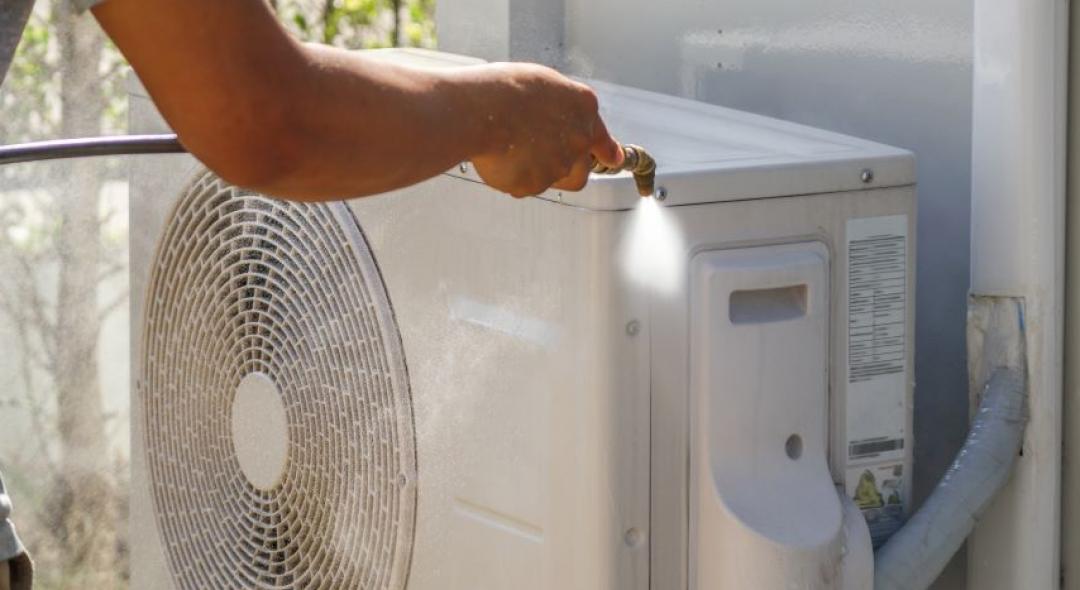Unfortunately, trees can become sick, just like people. The real problem is that it’s harder to tell when a tree is sick, because it doesn’t have symptoms like a human being. But if you know what signs to look for, you too can tell when a tree becomes ill, and moreover, know if you can treat it. Here’s how to tell if your tree is diseased.
”Nothing on this earth is standing still. It's either growing or it's dying. No matter if it's a tree or a human being.” - Lou Holtz
Roots

It helps to start at the *ahem* ... root of the problem. There are many sick tree symptoms that appear at the base, and if spotted quickly can be taken care of. So start from the ground up and check for the following problems:
- Root upheaval
- Ground heaving up
- Severed roots
- Fungi growing
- Peeling root collar
- Cracks or deep slits
- Swelling
- Cavities
- Small holes
Bark

When you want to know how to tell if an oak tree is dying, the bark is your best bet. Simply skimming the surface of your tree can tell you a lot. If you’re not too sure what to look for, you can always call in for lawn care professionals to diagnose your tree.
There are some huge red flags on the bark that can determine the overall health. So check out the surface of your tree and see if you find any of the following warning signs:
- Dark spots
- Odd colors
- Distorted shapes
- Seeping fluid
- Peeling bark
Canopy

Do dead trees have leaves? The answer is sometimes. A good place to take note of is the canopy of the tree. Seeing how the leaves are effected can go a long way in determining illness. The first indication would be non-seasonal changes in color or wilted leaves. So if you detect either of those, beware of the following:
- Dead or dying branches
- Branches that hang low
- Weak branches
- V-shaped branches
- Fragile canopies
- Leaning limbs
- No leaves
- Black leaves
- Only half the tree has leaves
Scratch Test
Much like the name implies, the “scratch test” is a way to figure out if the health of your tree is damaging one branch or all of them. Simply remove enough bark from one section of the tree to see what coloring the wood is underneath.
This way you can know how to identify a dead tree.
If it’s bright green, then your tree is perfectly happy and healthy. If it’s a light brown, your tree is still alive. However, if it’s deep brown or black, at least that branch is dead.
Perform this on multiple sections to see if just one branch or all branches are dead. If it all looks the same to you, or if you simply can’t tell, call in a tree care specialist
The Twig Test
This is very similar to the scratch test. Take a twig off your tree, and snap it in half. If your twig isn’t green and healthy looking on the inside that’s how to tell if your tree is diseased. Snap a few off and compare results to see what areas of your tree are affected.
Not all homeowners are arbor experts, so seek out a professional. Did you know the cost for services changes based on where you live? For example, in Nashua, NH it can cost an average of $636 for tree service, while in Chicago, IL, it can cost an average of $738. Want to get a more accurate estimate for free? Get in touch with a homeyou pro near you!
Leaf Rust

Just like it sounds, leaf rust is when it appears as though spots on your tree’s leaves are “rusting” or turning rust-like colors. If you notice spots, patches, or edges where the leaves are turning brown, yellow, or some combination of the two, this could be an indication that your tree is sick.
Powdery Mildew
Have you been experiencing a lot of cloudy, dry weather with a dose of high humidity? These condition can breed a powdery white mildew that is actually a type of fungus. And because it’s a fungus, only a fungicide can deal with it safely. So check your leaves when dry, cloudy weather hits you.
Need some tree service work done professionally? Or maybe some backyard tips? Get in touch with a pro for a free estimate!
Continue Reading:
